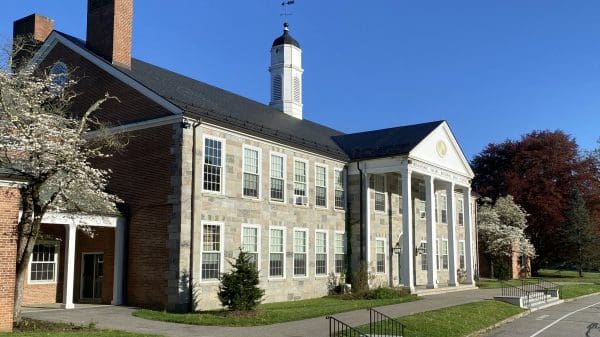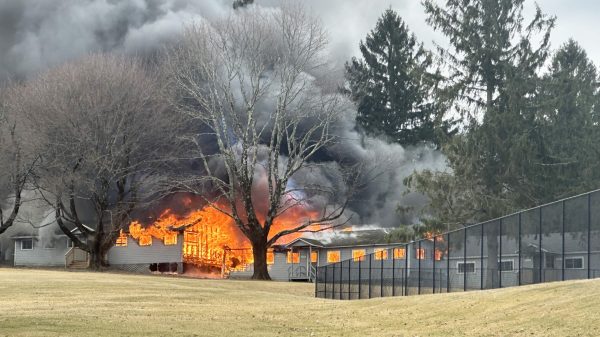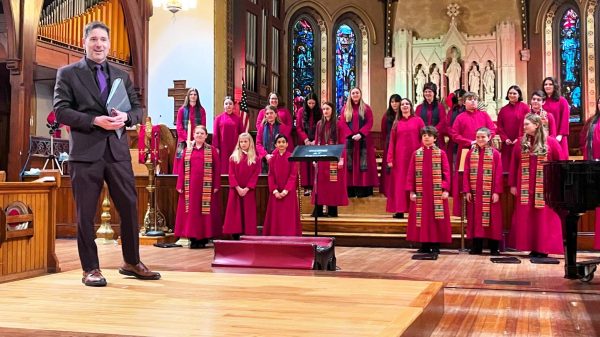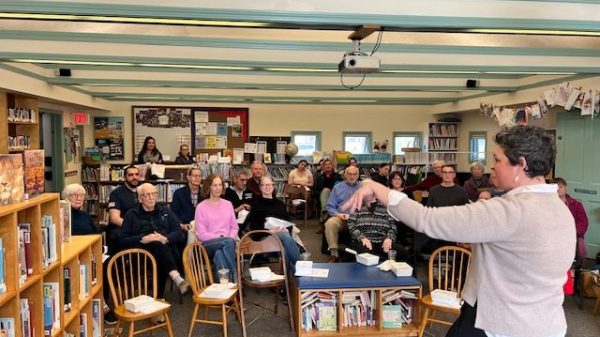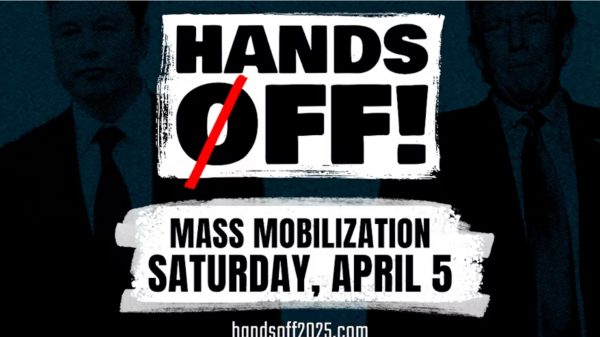KENT, Conn. — World War I, one of the greatest conflicts in the history of humankind—and arguably the genesis for the Second World War—was never commemorated on a large scale until this year.

In September, Kent sculptor Sabin Howard’s massive paean to the valor of the Doughboys of 1918 was dedicated in Washington, D.C., joining monuments to America’s other 20th century conflicts, World War II, the Korean War and Vietnam.
But before this 60-foot-long epic frieze was dedicated, there were other eloquent monuments to the boys who “went across the pond” to break the military stalemate that was consuming an entire generation of Europe’s young men.
The Kent Historical Society presented “Remembering Connecticut’s Doughboys” at its Nov. 10 annual meeting with a presentation by Richard Franklin Donohue, Cromwell town historian.
Donohue has visited more than 200 such memorials in all 169 Connecticut towns and described for his audience the evolution of their design and their symbolism.
Donohue noted that Civil War monuments were usually large granite bases with figures atop them. By contrast, World War I memorials “tend to be smaller, more refined.”
“When I started the project, my first question was, ‘Why?’ I realized I needed to go see them,” he said.
He confessed that his peregrinations brought him to Kent twice “because the first time, I missed your memorial. I missed it because I didn’t know what I was looking for.”

This is because Kent’s memorial, its town library, reflects the post-World War I sentiment when the nation had just fought a war it believed would end all wars.
Donohue said the memorials were a marketing move by the government—it wanted each town to have a monument in place by the time the men came down the gangplank on their homeward journeys—and there was an emphasis on making the memorials useful.
“They weren’t glorifying the battlefield because there weren’t going to be any more wars. Instead, they were to depict the spirit of the soldiers.” Donohue said. “They should be artistic, in a beautiful situation, and each should be a unique work of art.”
The government invested $8 million (the equivalent of $179,121,752 in 2024) in creating the memorials and “had strong ideas about how they should look,” Donohue said. They should be civic memorials like flagpoles, hospitals, libraries and town halls.
The government even issued circulars describing what the memorials should look like.
Nevertheless, there were a variety of styles adopted by towns. As he toured the state cataloguing the monuments, Donohue noticed trends.
“Many were simply plaques affixed to granite boulders, often on numbered roads and almost invariably on a triangular piece of land with a big white church behind them,” he said.

“The striking thing about all these monuments are the names,” he continued. “A star beside a name usually marks those who did not make it. And there is a lot of imagery on the plaques. They were given out by the government, which had strong ideas about how they should look.”
Kent’s memorial to its soldiers is an exemplar. Designed by Kent sculptor Willard Dryden Paddock, it hangs in the library and “captures everything a World War I monument was supposed to do,” Donohue said.
Similarly effective is Paddock’s memorial designed for Stratford: at the base of a flagpole sits the figure of Liberty, who holds a broken sword “because she doesn’t need it anymore,” Donohue explained.
A few towns, such as Canaan, have bronze figures of Doughboys mounted on stone bases. But even as the figures stride across a barbwire-tangled battlefield, he noted that their guns are at rest and the hand clutching a grenade is raised in celebration of the Armistice.
“One big thing people were concerned about was that people would stop noticing them,” he reported. Sadly, that fear was realized.

“The first one I found was in New Hampshire,” he said, “and I had to dig it out of the snow to see the names.”
In another instance, he asked the location of a town’s monument at an eatery and was told by the employees that they had never heard of a memorial. When he left the establishment, he passed a “beautiful flagpole they walked past every day and didn’t know it was a monument.”
In New London, he sought out the memorial only to be told by an official that he had never seen one. The large bronze plaque hung in the hall, just outside the man’s office.
While Connecticut has only 169 municipalities, there are 235 World War I memorials still in place, but many others are gone.
Nine communities have no memorials, but other towns have more than one.
“In cities, every little neighborhood had its own memorial,” he said. “They are all gone. The myth is that they were stolen and melted down for bullets, but unless you were fighting the battle of Troy you were not using bronze bullets.”
Referring to Howard’s mammoth sculpture now on view near the White House, Donohue said it captures perfectly the esthetic of a century ago in that it reflects the “spirit of the soldier.”
“It’s outstanding, it captures an idea from 100 years ago that has been perfected today,” he said.



